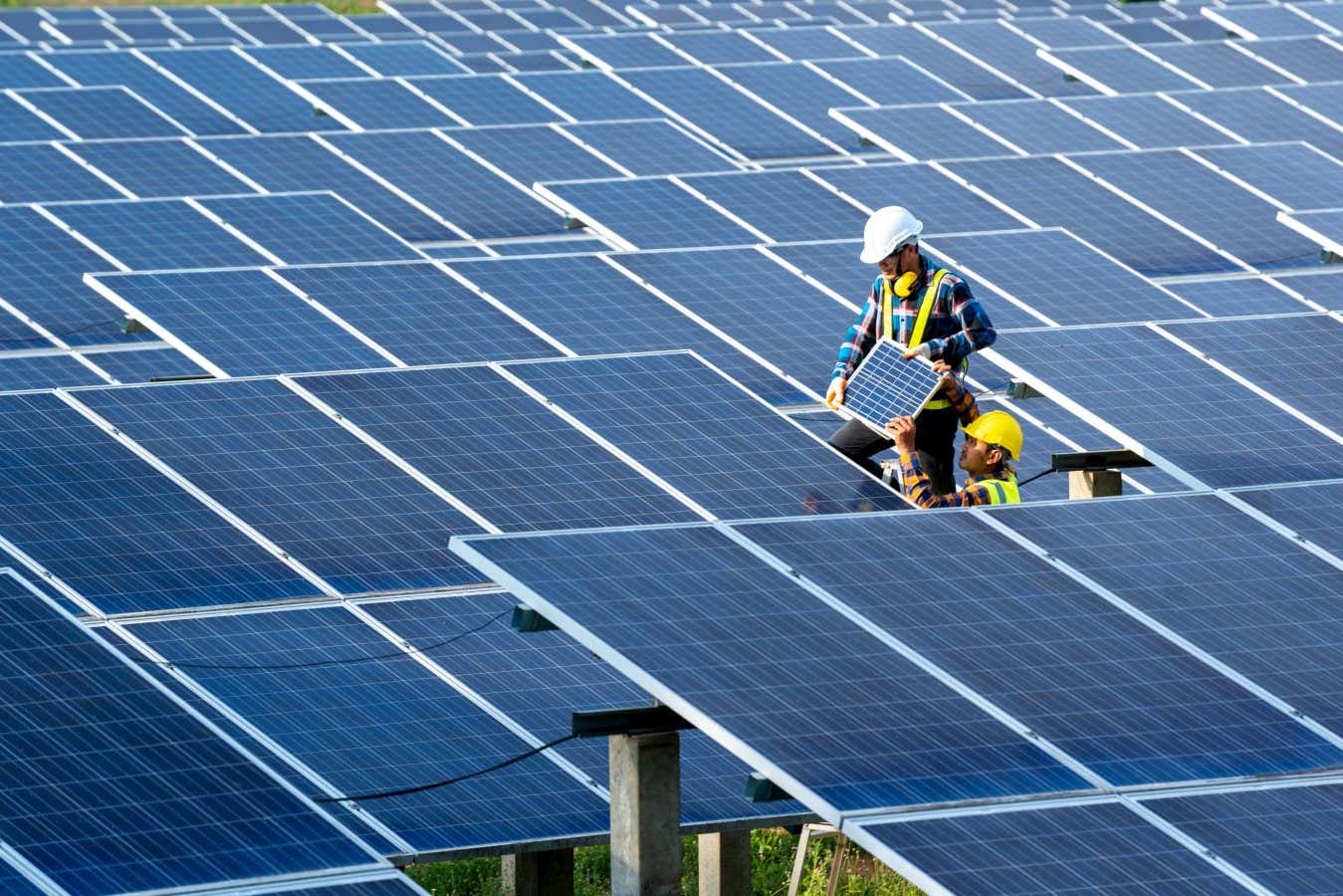Now Reading: Key Methane-Tracking Satellite Fails in Orbit
-
01
Key Methane-Tracking Satellite Fails in Orbit
Key Methane-Tracking Satellite Fails in Orbit
Rapid Summary
- Satellite Failure: The MethaneSAT satellite, launched in March 2024 to detect methane emissions globally, has lost power and is deemed “likely not recoverable.”
- Purpose: Designed by the Environmental Defense Fund (EDF), MethaneSAT focused on detecting methane emissions in mid-scale areas-ideal for oil and gas production regions-and capping large emission sources.
- Cost & Performance: Built at a cost of nearly $100 million,it began data collection last June and released its first detections in November 2024.It was producing data every two weeks before losing contact on June 20, 2025.
- Impact on Climate Tracking Efforts: Its loss disrupts global efforts to monitor methane-a greenhouse gas responsible for about one-third of human-driven temperature rises-especially critical sources like fossil fuels and agriculture.
- Reactions & Next Steps: Stakeholders like GHGSat emphasized its unique contribution. EDF plans to share the satellite’s collected data and algorithms while investigating causes for failure; launching another satellite remains a possibility.
!campaign=RSS%7CNSNS&utmsource=NSNS&utmmedium=RSS&utm_content=home”>New Scientist
Indian opinion Analysis
The malfunction of MethaneSAT represents a setback in global climate mitigation efforts where accurate monitoring tools are necessary. With India being one of the top agriculture-based economies emitting critically important amounts of methane due to livestock farming, rice cultivation, and landfills, such satellites offer actionable insights into managing greenhouse gases domestically.
India could benefit from expanding collaborations with international research organizations or investing in similar monitoring technologies tailored to regional needs. While this incident underscores challenges in advancing space-based climate solutions-such as high costs or system reliability-it also emphasizes their transformative potential if successfully deployed over time. India’s proactive engagement with emerging tech like satellites that identify invisible emissions can complement existing policies aimed at achieving enduring growth goals (SDGs) aligned with global temperature commitments.

























